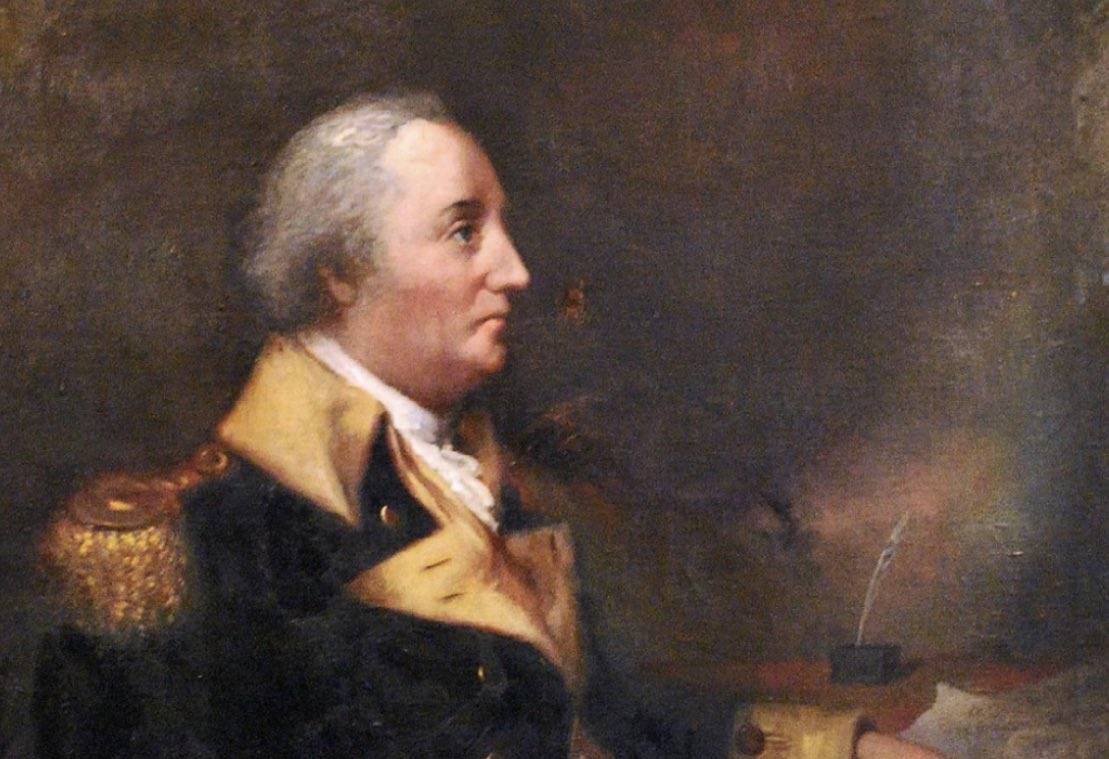William Whipple, one of the 56 signers of the Declaration of Independence, freed his slave after signing it because he believed one could not simultaneously fight for freedom and hold another person in bondage.
In 1775, New Hampshire dissolved the British Royal government and organized a House of Representatives and an Executive Council known collectively as a Provincial Congress, and Whipple was elected to represent Portsmouth, New Hampshire. He became a member of the Committee of Safety. He was then elected to the Continental Congress, and he signed the United States Declaration of Independence.
Whipple freed his enslaved servant, Prince Whipple, believing that no man could fight for freedom and hold another in bondage. He wrote: "A recommendation is gone thither for raising some regiments of Blacks. This, I suppose will lay a foundation for the emancipation of those wretches in that country. I hope it will be the means of dispensing the blessings of freedom to all the human race in America."
Another interesting tale from the signing of the Declaration of Independence concerns Thomas McKean, a delegate from Delaware.
McKean was a fervent supporter of the American cause and played a critical role in persuading the Delaware delegation to vote for independence. On the night of July 1, 1776, McKean is said to have crossed the Delaware River into New Jersey to fetch Caesar Rodney, another delegate from Delaware, to break a deadlock in his delegation’s vote.
Rodney made a night-long ride, arriving just in time on July 2nd to cast his vote in favor of independence. Although the famous painting by John Trumbull shows all the delegates signing the Declaration on July 4th, most historians agree that the majority of delegates, possibly including McKean, actually signed it on August 2nd. Intriguingly, there is some debate among historians as to whether McKean signed in 1776 at all, as his name does not appear on some early copies.
McKean himself claimed that he had signed it, but only at some point after January 1777. His exact signing date remains a minor but enduring mystery in the history of the Declaration of Independence.


